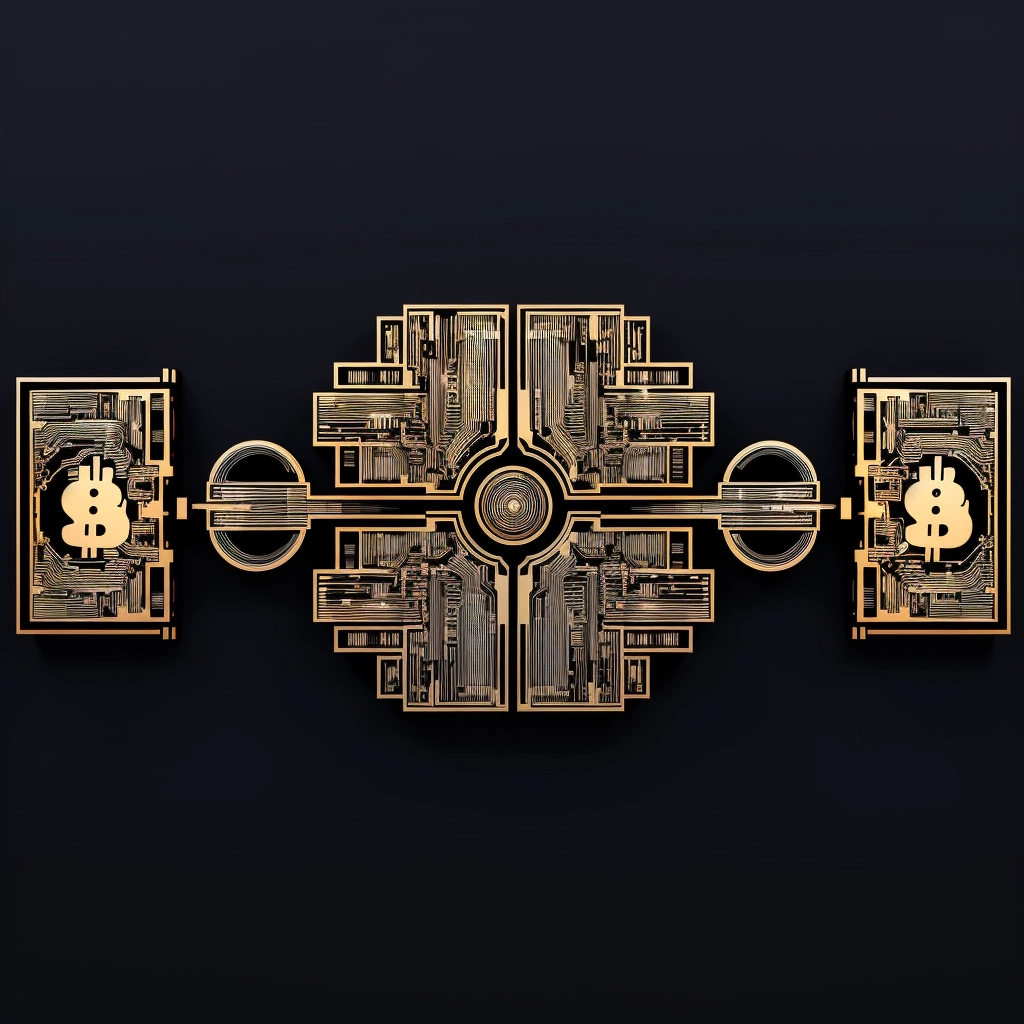How the Bitcoin blockchain works?

The “Blockchain” is a revolutionary technology that serves as a decentralized and transparent ledger for digital transactions. Here’s how it works:
- Block Sequence: It consists of a series of blocks containing information.
- User Information: Each block contains data sent by users.
- Digital Transactions: Most commonly, digital transactions between users are stored in these blocks.
- Storage and Transmission: Thus, a “blockchain” is a technology for the storage and transmission of information.
- Bitcoin Blockchain: In the case of the Bitcoin blockchain, a block is mined (constructed) approximately every 10 minutes, containing all transactions and information from that time interval.
- Ledger Analogy: Each block is comparable to a page in a ledger. This ledger (blockchain) is public, shared globally in real-time, and validated by the network (miners) without intermediaries, ensuring each participant has their copy.
- Decentralized Operation: The “blockchain” operates without a central control authority.
- Role of Miners: Miners, individuals who create blocks through complex calculations, ensure the verification of each transaction by following the correct protocol and consensus among the network’s miners. This collective effort creates the network’s power.
- Security Measures: These blocks are added to the chain and secured by miners using cryptography. Upon completing each block, a certain amount of Bitcoin is created to reward the miners. Transaction fees on the network also serve as rewards.
- Accessibility: Anyone worldwide with internet access and suitable hardware can participate in “mining” blocks on the “blockchain.”
- Transparency: The content of the blocks is accessible via the internet to anyone with a connection, showcasing the transparent nature of the technology.
- Blockchain as Software: The “blockchain” is a software, a piece of computer code in operation. It is a public ledger shared globally, managing and containing records of all digital transactions made since its inception.
- Secure and Distributed Database: This database is secure and distributed, shared by different users without intermediaries, allowing everyone to verify the validity of the chain.
- Protection Against Falsification: It is protected against falsification or modification by storage nodes.

Why Bitcoin Cannot Be Hacked?

The security of Bitcoin is based on several principles, including the crucial role of miners and the decentralized nature of the blockchain.
-
Proof of Work: Miners, network participants, solve complex mathematical problems when creating new blocks. This proof of work makes hacking extremely difficult, as it would require immense and costly computational power to modify a block.
-
Decentralized Consensus: Miners must agree on the content of the next block, creating a decentralized consensus. If a miner attempts to modify a block, they must convince the majority of the network that this modification is legitimate, which is nearly impossible.
-
Censorship Resistance: Decentralization means that no single entity controls the network. This makes Bitcoin resistant to censorship and “51%” attacks, where an entity would take control of the majority of the network’s computational power.
-
Chain System: Each block is cryptographically linked to the previous block, creating an inseparable chain. Modifying a block would require changing all subsequent blocks, which is practically impossible due to the required computational power and network consensus.
-
Economic Incentives: Miners are rewarded with new bitcoins when they add a block to the blockchain. This economic reward encourages miners to follow the rules and maintain the integrity of the system rather than engaging in malicious activities.
-
Transparency: All transactions are visible on the public blockchain, allowing users to verify fund movements. Any attempt at fraud would be quickly detected.
These combined elements make Bitcoin one of the most secure cryptocurrencies. While security is never absolute, the consensus model and economic incentives create a robust environment that discourages attacks.